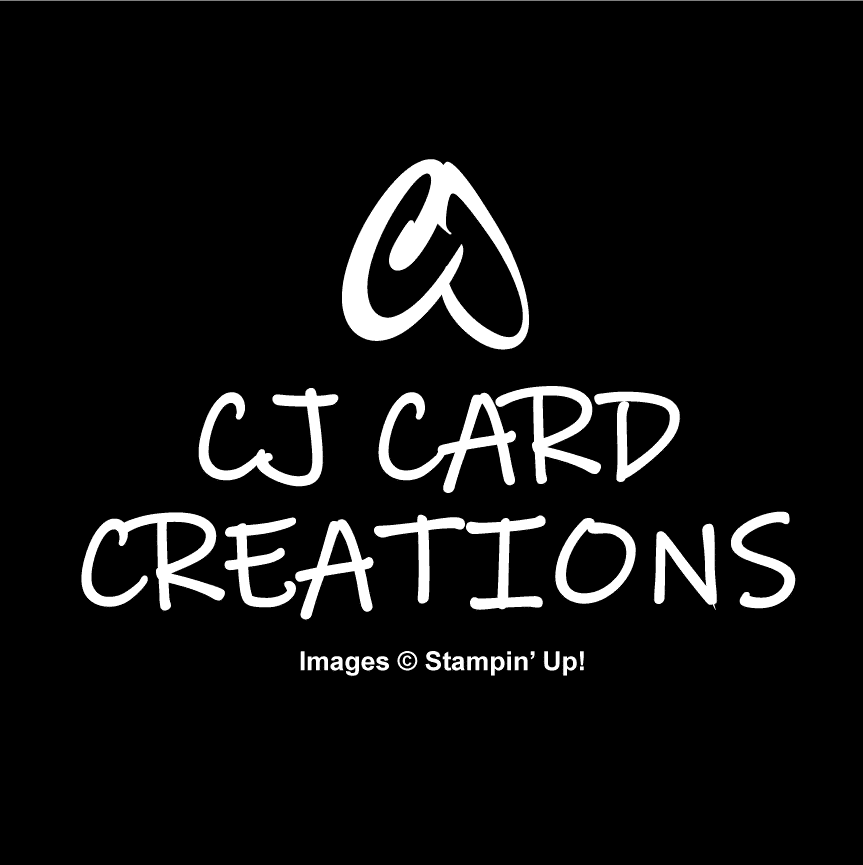If you’re looking for a way to add texture without using a Stampin’ Cut & Emboss Machine, look no further than your stamp collection! While Stampin’ Up! does offer true “background stamps”, you can turn virtually any set of images into a unique background with my tips.
Background Stamps
Background stamps are typically large (slightly larger than an A2 card front) and allow you to cover the entire panel of cardstock with one stamp. Depending on the look you’re hoping to achieve, you can stamp in the same or slightly darker color as the cardstock, or you can use bright colors on Basic White cardstock for a more dramatic effect.
To use a background stamp successfully, I have two methods for you to try. First, you can leave the stamp mounted in its case. With the stamp face up, hold the ink pad and apply ink all over the stamp. Then, lay a piece of cardstock on the stamp. Cover your cardstock with a piece of scrap paper and rub all over the stamp to make sure the ink transfers evenly. Remove your scrap paper, lift your cardstock, and look at your beautifully stamped panel!
For my second method of using a background stamp, pull out your Stamparatus. Mount your background stamp to one of the clear plates. Place a piece of cardstock that is larger than the stamp on the platform and secure with magnets. Ink stamp as described above, then flip the plate to stamp the image. Once you’re satisfied with the stamped image, remove the cardstock panel and trim to desired size.

Using the Stamparatus for background stamps is my preferred method for two reasons:
- First, if the image doesn’t stamp as completely or darkly as desired, it’s easy to repeat the process until you achieve the desired results.
- Second, while there are blocks that are large enough to hold a background stamp, these can be difficult to hold and maneuver. Achieving a full image is also more challenging because you can’t rub over the stamp as easily.
The Stamparatus does the stamping easily with the plate and hinges. Once you’ve flipped the plate onto the cardstock, it’s very easy to rub over the back of the plate, ensuring good contact between the cardstock and all points of the stamp. I’ve also written a full post about the uses of the Stamparatus.
Repeated Image Stamping
You can also choose smaller stamps to create your own background. For this method, I start by choosing two or three different sized stamps. While all three can be from one stamp set, you can also mix and match stamp sets, creating endless possibilities.
To make this technique more visually appealing, be sure to rotate the stamps between each stamping. Also, stamp off the edges of the cardstock panel, creating the impression that the pattern continues outside of the panel. Using these tips also creates a more random look to the background.
For one of my favorite examples of this technique, I use a flower, a leaf, and a small texture stamp (like a cluster of dots for a flower center). I use one ink color for each stamp. Starting with the largest stamp and working to the smallest makes it easy to cover the panel evenly. After finishing with the largest stamp, begin to fill in white space with the mid-sized stamp. Finally, fill remaining gaps with the smallest, textural stamp. Using this method allows you to create your own piece of Designer Series Paper to coordinate with your preferred color scheme and style.

I hope you’ve found these tips about stamping backgrounds helpful! For video tutorials, make sure to follow the link below to watch my YouTube series on backgrounds for card projects.

